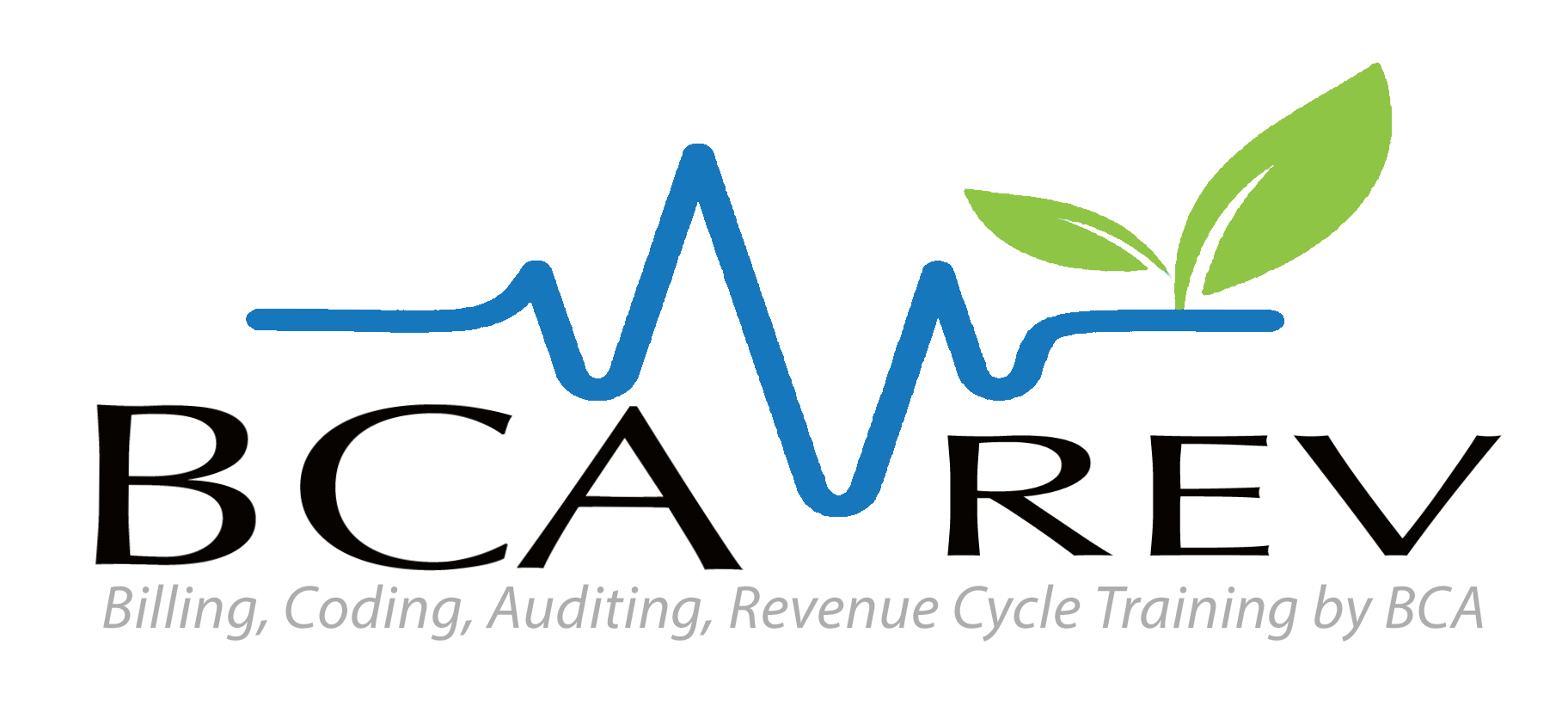We spend quite a bit of time looking at quality measures. Aside from our UDS reporting, why do we care about quality measures? The days of E&M reimbursement are soon going to be in the rearview mirror and value-based care is where our future lies. Because several of these measures are based on the eCQMs (Electronic Clinical Quality Measures), which are standardized by NCQA, UDS reporting also becomes very important to payers. Currently, many organizations live in the value-based care world or will be in the near future. How do organizations know if they are even close to meeting goals with these metrics?
To understand these measures better, we turn to Healthy People 2030. Recently updated from Healthy People 2020, HP2030 is an HHS foundation that strives to improve the health and well-being of all people.
There are 355 core objectives in the Healthy People 2030 program. Not all of the objectives tie to UDS measures, or even to all eCQMs, but there are astounding similarities when we look at all the measures together. Let’s use Cervical Cancer Screening as an example in the following comparison:
2021 UDS Manual
Percentage of women 21–64 years of age who were screened for cervical cancer using either of the following criteria: Women age 21–64 who had cervical cytology performed within the last 3 years OR women age 30–64 who had human papillomavirus (HPV) testing performed within the last 5 years.
eCQM
Percentage of women 21-64 years of age who were screened for cervical cancer using either of the following criteria: Women age 21-64 who had cervical cytology performed within the last 3 years OR women age 30-64 who had cervical human papillomavirus (HPV) testing performed within the last 5 years.
Healthy People 2030
Number of females aged 21 to 65 years who received cervical cancer screening based on the most recent USPSTF recommendation and who have not had a hysterectomy.
Review of these objectives displays the similarities across all three agencies. As we dig deeper into our quality data with appropriate coding, it is important to understand this effort is not just for annual reporting, but for daily reporting to payers.
Through raising awareness of these resources, we are hopeful that organizations can make realistic goals that ensure the Quality Teams are striving forward. By understanding clear expectations of where we’ve come from and where we’re going, we’ll be able to improve population health, one patient at a time.
